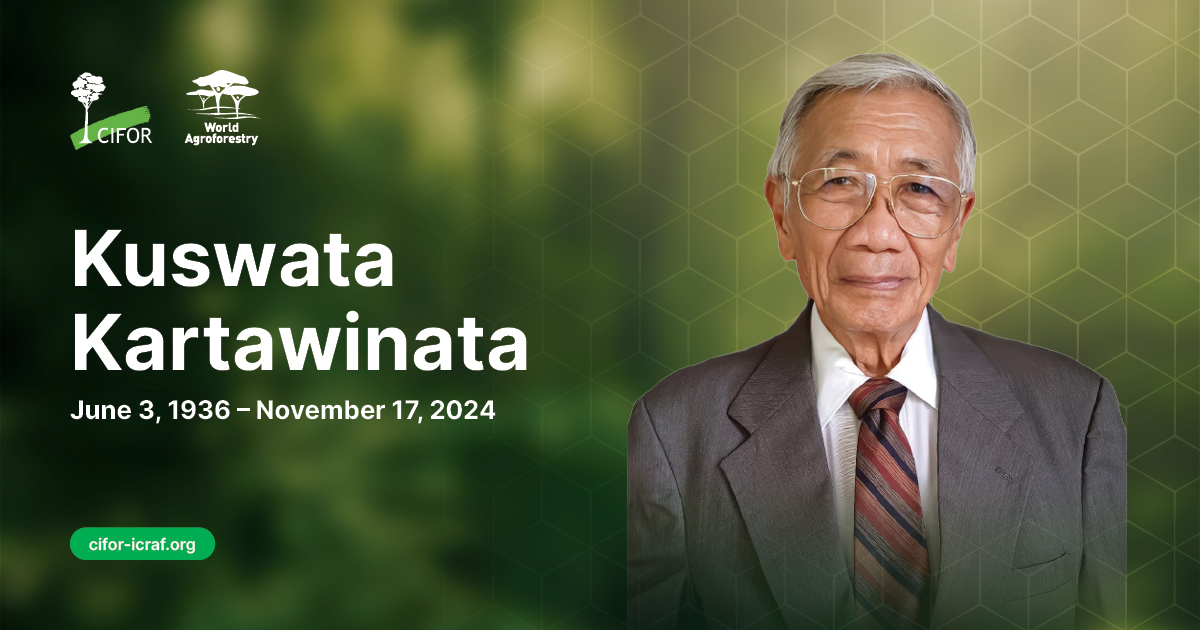Agricultural systems have a long history of responding to various economic and socio-political forces, including supply and demand, political preferences and power inequalities. Our current food system continues to respond to contemporary forces with a call for sustainable transformations in the face of increased pressure and competition over resources, severe consequences of climatic change, widespread degradation of land and water resources, and the accelerating loss of biodiversity. Both agroforestry and agroecology have evolved as approaches to agricultural management that focus on the application of ecological principles to achieve sustainable agriculture. Agroecological principles are designed to engage with the entire agrifood system, for instance identifying broad participation and involving a diversity of actors and knowledge systems. Agroecological approaches to production have significant historical and contemporary links to agroforestry approaches, but not all agroecology involves trees and not all agroforestry is in line with agroecological principles. Drawing on (1) a literature review, (2) case studies on the agroforestry and agroecology nexus presented at the 5th World Congress on Agroforestry (WCA), and (3) audience responses to statements presented at the Congress, we explore the two main ways that agroforestry and agroecology come together: agroforestry that encompasses agroecological principles and agroecological transitions that involve trees. We review the status of agroecology, the functions specific to agroforestry that can enhance the achievement of agroecological outcomes, the tensions between simple agroforestry systems and agroecology, and the larger potential of multidimensional sustainability of agroforestry with the inclusion of agroecological principles. We also present the level of agreement on four key statements about the agroforestry-agroecology nexus enumerated at the WCA. It is clear that some features of agroforestry operationalize agroecological principles that aim to transition away from monocultures and the use of environmentally disruptive agrochemicals, and toward strengthening biodiversity and resilience. Yet, much remains to be done to enhance agroecological principles more fully in framing agroforestry practices and to incorporate trees within agroecological practices. Pathways to strengthen the nexus of agroforestry and agroecology are proposed, which focus on the role of trees in multifunctionality and resilience and using agroecological principles related to knowledge sharing and equity to enrich agroforestry practices.
DOI:
https://doi.org/10.1007/s10457-024-01014-6
Skor altmetrik:
Jumlah Kutipan Dimensi:



















